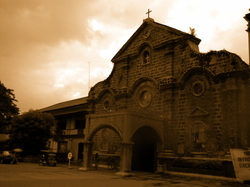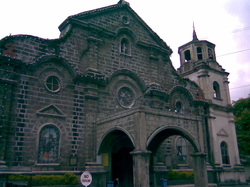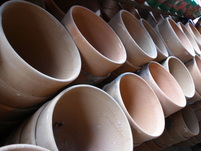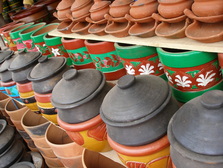|
ABOUT THE TOWN OF SAN JUAN
San Juan, Batangas is located approximately 120 kilometers south of Manila and 43 kilometers east of the provincial capitol of Batangas City. It is a coastal town bordered by Tayabas Bay on the south and east, Quezon Province to the north, and the towns of Lobo and Rosario, Batangas to the west. The second largest municipality in Batangas, it is divided into 42 barangays with total land area of 27,340 hectares and a population of almost 80,000 people. CULTURAL AND HISTORICAL ATTRACTIONS: San Juan has a long and colorful history that has been handed down through generations mostly in an oral tradition. A written history of the municipality, including photographs and genealogy records, are available in the municipal building. The history of San Juan is reflected in the unique architecture of numerous old houses scattered through the town. Many of these homes were built in the early 1900’s by original founders and leaders of San Juan and by prominent families. Such houses as those owned by Lorenzo Hernandez and Soledad Magtibay, the antique Porto Gualberto house in Baluarte, the all-bamboo house of Eugenia Castillo in Barangay Marikit, and the Bonito Mercado V. Marasigan house which was the site of grand balls during the 1930’s, are all privately-owned and tours can be arranged for those interested to see them. The St. John Nepomucene Church, named after the town’s patron saint, is another attraction. Originally located in Barangay Pinagbayanan, it was moved to its present location at the Poblacion in 1890. |
|
|
LOCAL FOOD PRODUCTS AND HANDICRAFTS:
Lambanog – Since the 1900’s, locals have been producing lambanog, a traditional product of San Juan, and is present in at least 10 barangays. Roadside stands sell a variety of sizes and flavors. Pottery – Clay is taken from the banks of Lawaye River and pottery is produced in numerous small factories run by local residents. The final products are sold along the road in Palahanan I and II, as well as in Manila and surrounding provinces. COASTAL RESOURCES San Juan has a 33-kilometer coastline that includes 16 coastal barangays, all of which rely upon fishing as a major source of livelihood. It also has 496 hectares of mangroves and swamp areas. Along the coasts of Imelda, Bataan, Nagsaulay, and Subukin are over 100 hectares of intact mangrove forest – the largest in all of Batangas Province. Seagrass beds are found as well along the coast of San Juan. They are a vital part of the marine ecosystem because they trap sediments and hold these in their roots, preventing dirty water from disturbing the coral reefs. |



